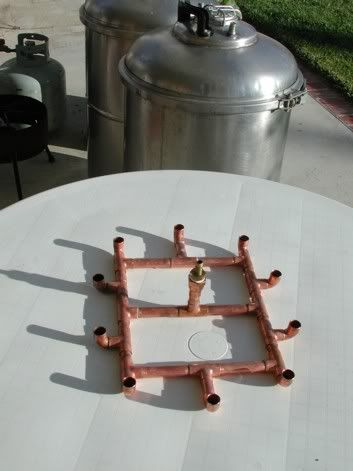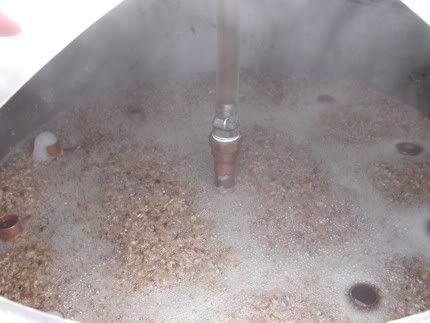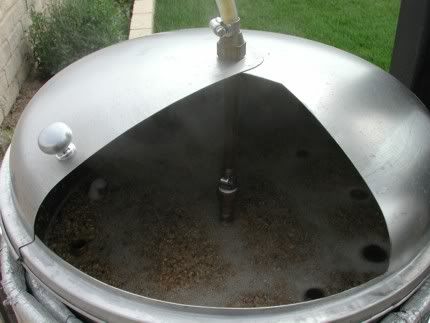I am very satisfied with my very old sparge arm. The only problem with it is that it is held in position with a rubber bung, but I have nothing to hold the rubber bung in position. The new design with the plastic piping seems to overcome that minor problem.
The one thing I would say is to get a round cooler to go with the arm. It dispenses water gently in a circle onto the top of the grain bed. If you use a rectangular cooler, then I would think that the grain in the corners would not get sparged and your efficiency would suffer.
Going with the round cooler, I can recommend the phil's false bottom. Other people prefer the SS knock off which costs a bit more. A search for phil's false bottom should turn up some useful information.
A 5g round cooler is a good size for normal strength (OG up to 1.060) brews. The most grain I've ever sparged in it was 12.5# which gave me a gravity of 1.072. I could probably have got another couple of pound of grain in it. A 10g cooler would be better if you brew larger batches or high gravity beers.
Another thing is the HLT capacity. I use another 5g cooler, but I find I need about 2g water in it to spin the sparge arm. This will depend on the geometry of your set up, and is easy to determine experimentally before you actually brew. For me, I just heat up another 2 - 3g sparge water.
I don't recommend the bazooka screen (or home brewed versions), simply because I've never used one and not because I know anything bad about them.. If I were batch sparging in a rectangular cooler, then I would certainly try the bazooka or a manifold.
Tips for fly sparging.
Try to keep the level of water in the lauter tun approximately equal with the top of the grain. An inch or so either way doesn't make any difference.
As the sparge continues and the sugars get rinsed out, the outflow from the tun increases.
As the head of sparge water drops, the amount of water delivered by the sparge arm decreases.
Both of these factors mean that you have to keep an eye on things. I gradually decrease the outflow from the lauter tun, and periodically stop the sparge arm to keep the level right.
Try not to rush things. I take about 90 minutes to fly sparge a 5g batch.
Hope this helps
-a.












![Craft A Brew - Safale BE-256 Yeast - Fermentis - Belgian Ale Dry Yeast - For Belgian & Strong Ales - Ingredients for Home Brewing - Beer Making Supplies - [3 Pack]](https://m.media-amazon.com/images/I/51bcKEwQmWL._SL500_.jpg)
















































